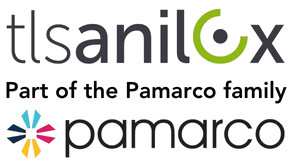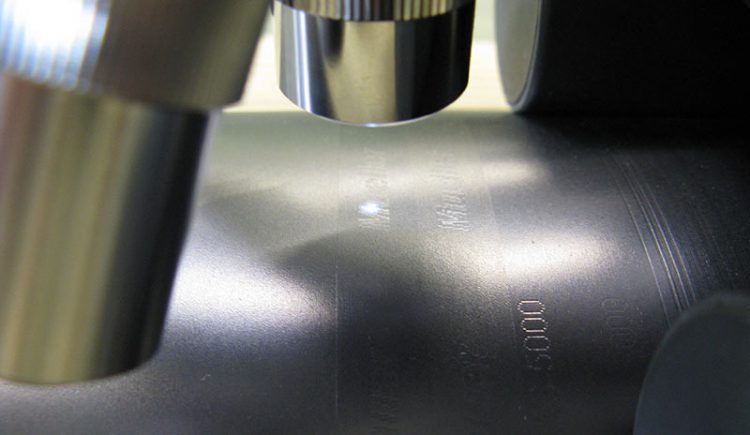 Terolux stands for the new laserable WCCO-Chrome coating. Somerolls have already been laser cut and used by customers. These arescreen rollers which contribute to the ink metering in the flexographic printing and also to the letterpress process.
Terolux stands for the new laserable WCCO-Chrome coating. Somerolls have already been laser cut and used by customers. These arescreen rollers which contribute to the ink metering in the flexographic printing and also to the letterpress process.
Recently a new application has been set up linked to a development project. The project aims to substitute the innumerable rollers in rotogravure with a smaller number in order to make the process economically more viable.
What is the rotogravure and why does it needso much rollers?
In flexographic printing the color is gauged through the screen rollerand transferred onto a cliché. Each inking unit has a screen rollerand a cliché of the motif which should be printed. In the case of amotif change, the clichés must be replaced. The clichés are flexibleprinting plates that are fastened onto a roller with adhesive layers,and that can be detached again at any time. The stocking and productionof printing plates are relatively cheap. Moreover, the platescan be stored within in a very small space.
Matters are quite different in gravure printing. The motif to printmust be engraved on a roller. These are mostly steel printing cylinders,which are copper-plated, engraved and then chrome-plated.Thus, the image to be printed is deep-seated. In the printing pressthe roller is inked and the excess ink removed. Afterward, the rolltransfers directly the color on the substrate.
Thus, the printing plant needs for each printing unit an engravedcylinder inside the machine, which multiplies depending on thenumber of printing motifs. In addition, a set of rollers will be necessaryfor each printing length. A roller bearing for such a printing plant contains a large number of gravure printing cylinders. Eachone is sophistically manufactured and engraved. It requires a largeamount of raw materials such as steel, copper and chrome.Let us now turn to our project: One needs a screen roller with asmooth surface after engraving (TeroLux). By means of an high-precisioninkjet, the ink cells that should not print, will be sealed with anespecially developed liquid synthetic material.
A gravure printing motive pattern is so created on the screen roller.This one can now be used in place of a gravure roller. After thisjob, the synthetic material is removed from the ink cells and thecylinder can again be re-imaged. The environmental and economicalvalue of the project is so interesting that it is financially funded.TLS Anilox GmbH is a project partner and will support the projectwith ca. 140.000€ over the next two years. Should the project besuccessfully completed, the scope of the resulting turnover, this, istoday maybe unforeseeable, but the innovative and success-orientationof the companies is reflected.
Author: Michael Franz


